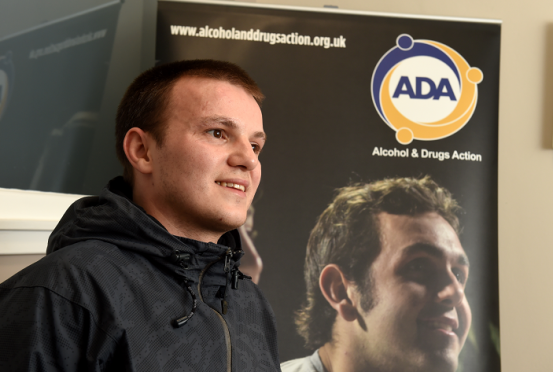When the critically acclaimed film Trainspotting was released in February 1996, its stark depiction of the realities of drug addiction in Scotland sent shockwaves through the world of cinema.
And now, more than 20 years later, the sequel to the smash hit has brought the issue of substance abuse back into the public eye.
Luan Grugeon, the chief executive officer of the Aberdeen-based charity Alcohol and Drugs Action (ADA), which supports those with drink and drug issues from across the north-east, was working at the organisation’s needle exchange 20 years ago when the first movie came out.
She said the perception of drug users and the treatments available have changed drastically in the two decades since.
Mrs Grugeon said: “Back when the first Trainspotting came out, injecting heroin was a national problem and services were really struggling to cope with the amount of people, it was really challenging.
“But in the last 20 years there has been a lot of work done to reduce the problem.
“Whilst there have been improvements made in the range of support and we are seeing people achieving recovery, there is still a huge amount to do.”
Chris Barron, a 30-year-old from Aberdeen who first recognised his addiction to heroin when he was 21, said ADA’s support has been constantly evolving to help people like him out of the vicious cycle of dependency.
Mr Barron, who has now not taken heroin for just under two years and is attending an ADA recovery programme to help others overcome their drug problems said: “The movie is really honest. Obviously there’s a lot of it that’s exaggerated, but it’s quite true, it’s quite real.
“A lot has changed over the years. One way is through social media, with Facebook and Twitter, all of your dirty laundry is out there for the world to see, so there’s a lot of reasons to keep away from the stuff – you don’t want a photo of you off your face put online, because once it’s out there that’s it.
“But at the same time, people might feel like they can’t ask for help.
“But anyone can call ADA. They’re really top notch.
“If it wasn’t for ADA I would either be in jail, or be dead.”
